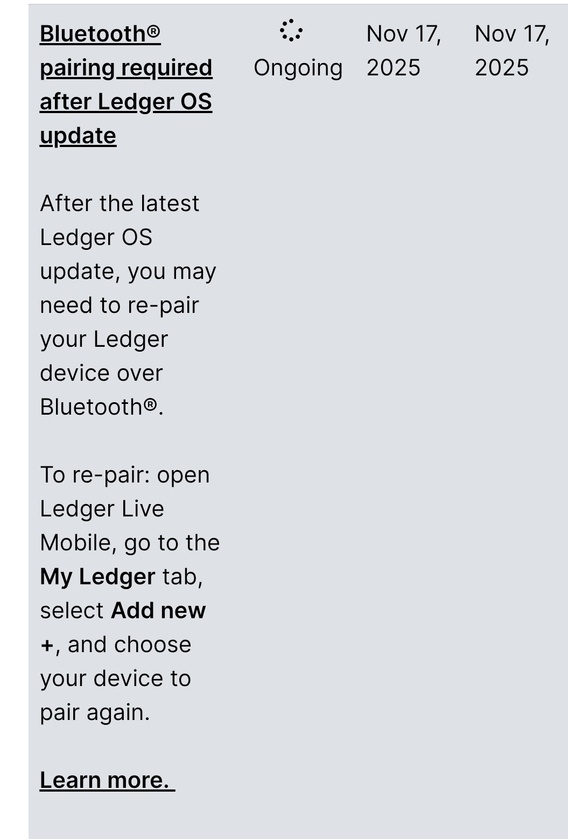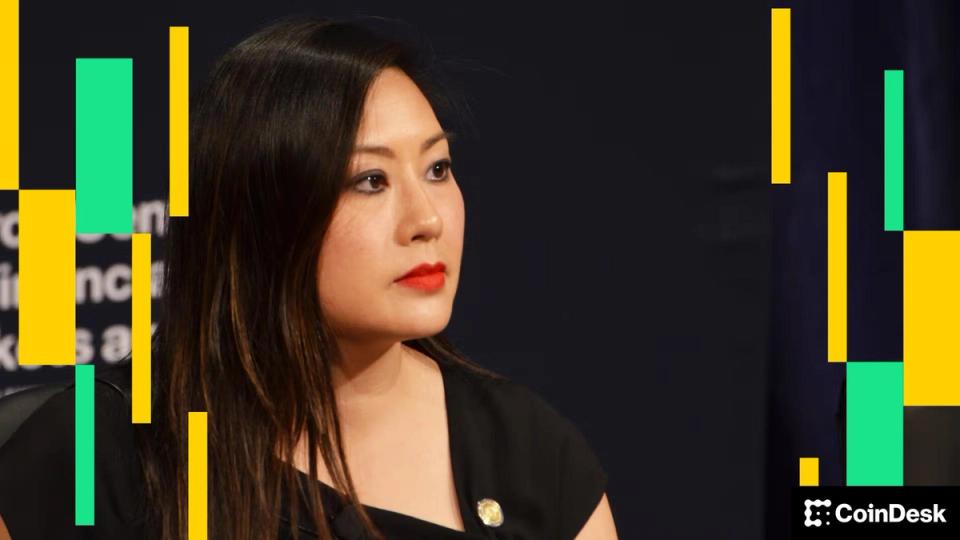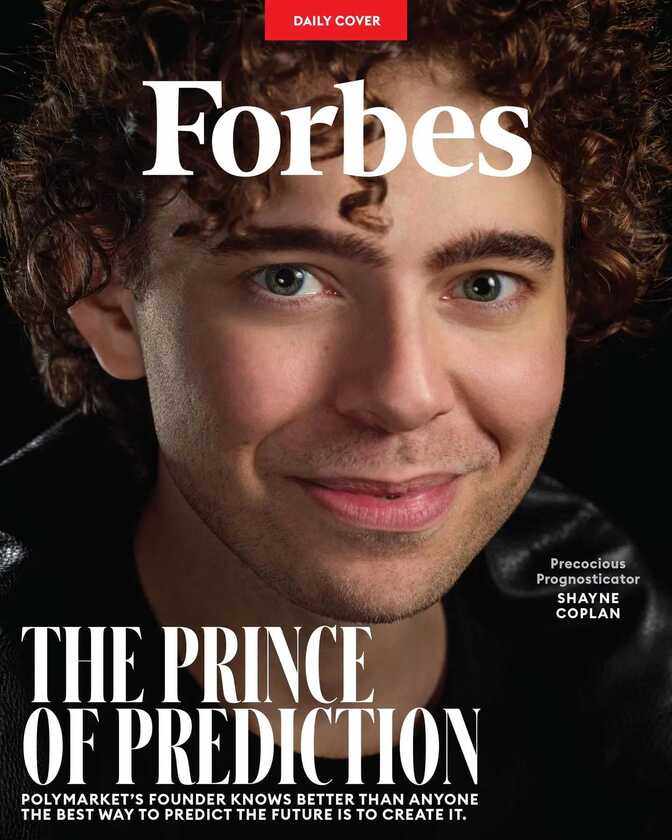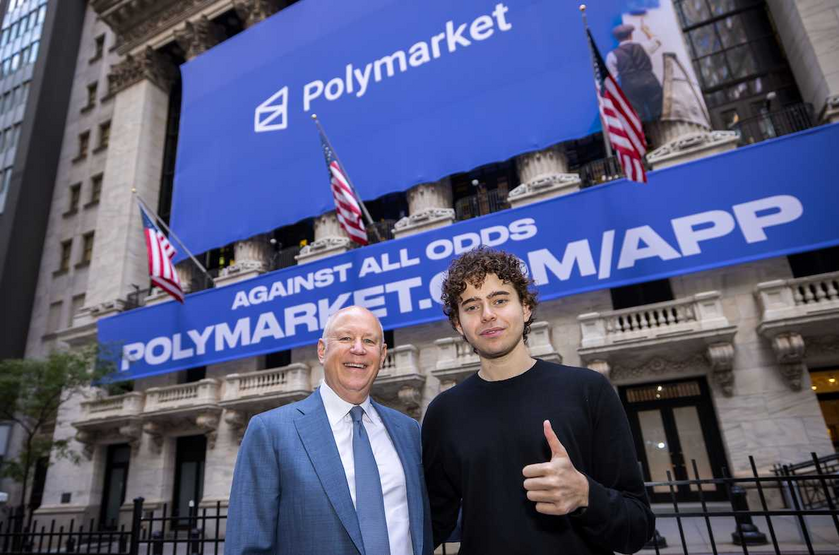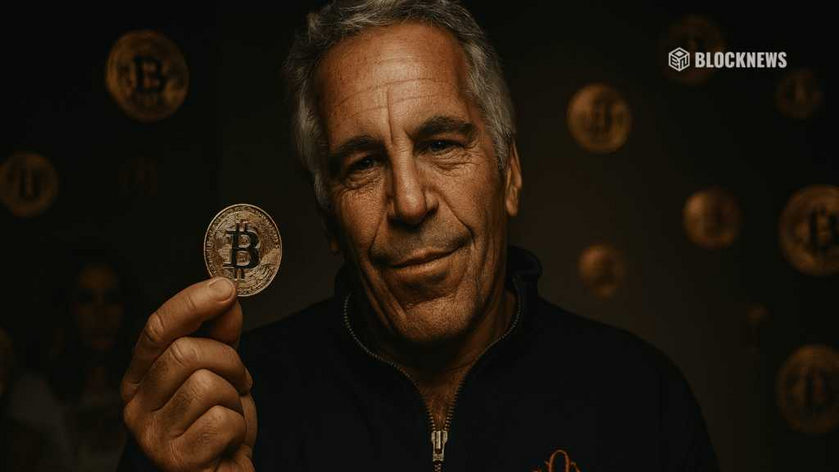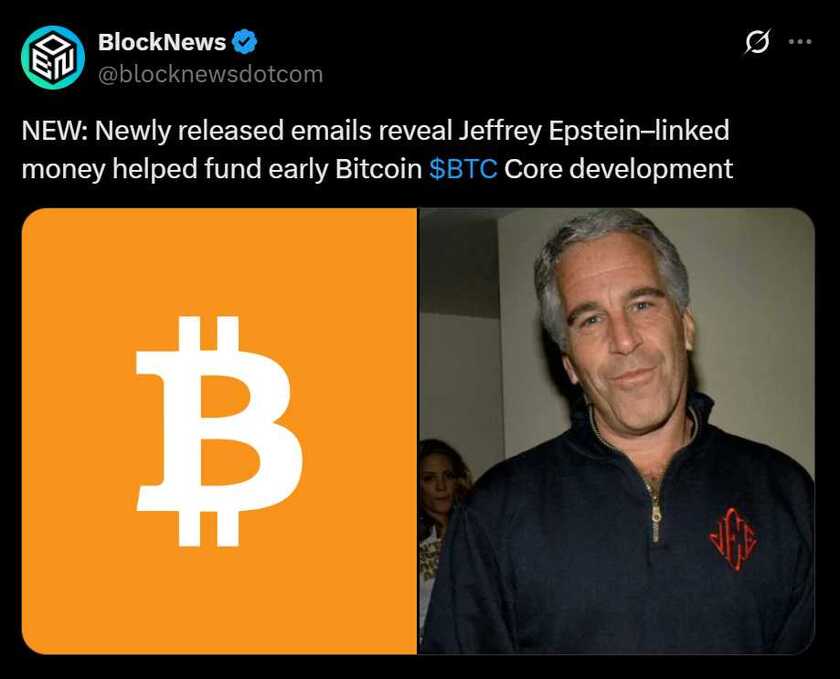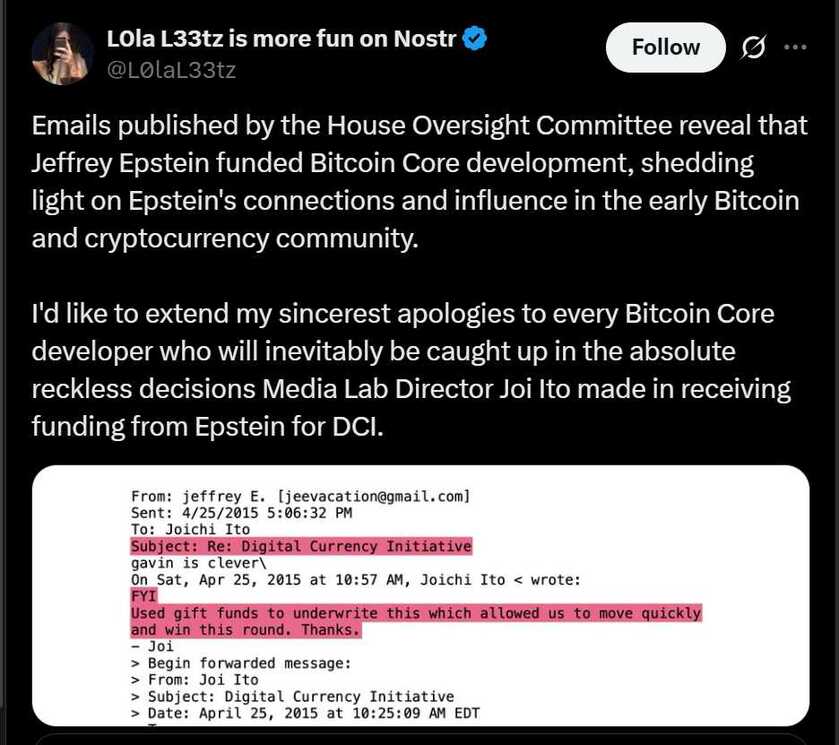Gary Gensler Remarks before the Atlanta Federal Reserve Financial Markets Conference
So the story goes, in 1871, Mrs. O’Leary’s cow kicked over a lantern. Her barn was enflamed. The fire spread quickly through the wooden buildings of Chicago, and 2,100 acres burned.[1]
In the following years, Chicago rebuilt itself with new rules and an upgraded fire department to limit the risk of flames raging across the city.[2] Those Chicagoans understood this wasn’t just a simple accident of a cow and a lantern. It was about building materials and incentives related to the city’s infrastructure. It was about fire prevention and firefighting equipment.[3] Building codes and fire departments, though they come at a cost and need for updates, have made the community more resilient for 150 years.
Finance, too, has seen fires starting in one barn that go on to engulf entire communities.
Finance
Finance is about the pricing and allocation of money and risk throughout the economy. There are those who have money who want to invest it. Others need money to fund good ideas, buy a house, or help get through life’s inevitable challenges. There are those who have risk but don’t want to bear it, and others willing to take on that risk.
Finance sits in the middle, like the neck of an hourglass whose grains of sand are money and risk. Finance is a network that relies on trust.
Since antiquity, finance has tended toward centralization, concentration, and economic rents—whether the Medici family back in the 15th century or J.P. Morgan a century ago. That’s because financial intermediaries benefit from scale, network effects, and access to valuable data.
Such intermediaries don’t just sit passively passing the sand through the hourglass. They become important market participants themselves. They retain and transform money and risk. They seek profits from arbitraging differences in pricing of money and risk. They create forms of money, whether it be deposits, money market funds, or funding in the repurchase (repo) markets. They retain risks related to valuations, rates, credit, funding, liquidity, maturity transformation, leverage, correlations, operations, and many others. Such intermediaries also tap the capital markets, and in times of stress, may lose funding if counterparties and investors question their market-based solvency.
This is the nature of finance. Just as we can’t repeal the laws of physics and nature, risk in finance always will be there. As Treasury Secretary Bob Rubin used to say, “Markets go up, markets go down.”[4]
Financial Fires through Time
History is replete with times when fires in one corner of the financial system or at one financial institution spread to the broader economy. When this happens, the American public—bystanders, like the Chicagoans who saw their homes burn—inevitably gets hurt.
Such fires, though too many to name, have started from both the banking and nonbanking sectors.
It is said that the Chicago fire along with another in Boston helped fuel a bank run, possibly contributing to the Panic of 1873.[5]
Decades later, the Panic of 1907 ultimately led to President Wilson’s reforms to establish the Federal Reserve with authorities both as a building code regulator and as a form of a fire department.[6]
The 1929 Crash and ensuing Great Depression led President Roosevelt and Congress to set up the Federal Deposit Insurance Corporation[7] and Securities and Exchange Commission.[8]
In the early 1930s, in the town of Bedford Falls, NY, there was a run on Bailey Bros. Building and Loan. George Bailey explained to the panicked crowd, “The money’s not here. Your money's in Joe's house... and a hundred others.” Fortunately, Jimmy Stewart saved the day, as told in It’s a Wonderful Life.[9]
The financial fires of 2008 led to more than eight million Americans losing their jobs, millions of families losing their homes, and small businesses across the country folding. This led to updates in building codes and fire departments for finance in the Dodd-Frank Act.
Fires and Resiliency
Economists have written extensively on the causes and contagion of financial fires. Such financial stability literature highlights herding, network interconnectedness, and regulatory gaps.[10]
Herding is when multiple individual actors make similar decisions. In times of stress, otherwise uncorrelated actors can suddenly become correlated, like those cows stampeding in City Slickers.[11] Given that greed and fear both are basic emotions in markets, herding occurs for both bulls and bears. Whether it be breakdowns in risk management, such as in the subprime mortgage market prior to the 2008 crisis, or breakdowns in confidence, such as in bank runs, herding has contributed to many a financial fire.
Finance is a complex, interconnected, global network, with many transmission channels by which financial fires might spread. During the financial crisis, Andy Haldane, then the head of financial stability at the Bank of England, compared the financial network to tropical rainforests, at the same time robust and fragile.[12]
The Great Chicago fire of 1871 also exposed regulatory gaps, both in building codes and fire preparedness.
Finance, time and again, also has seen regulatory gaps lead to fires. Such gaps can occur when financial regulations don’t treat like activities alike. Market participants may then arbitrage such differences here in the United States and between countries. Gaps also emerge when technologies provide new ways of intermediating, transforming, or creating risk and money. In these instances, regulators often fail to keep pace.
The SEC’s Role in Financial Stability
The SEC was established as a direct result of a financial fire. Congress gave us a mandate to protect investors and promote the public interest. In so doing, they understood we also had to oversee those intermediaries at the neck of the hourglass, such as stock exchanges, clearinghouses, broker-dealers, investment advisers, and transfer agents.
Congress enhanced our authorities in the wake of subsequent financial market fires, from government securities,[13] clearinghouses,[14] advisers to private funds,[15] auditing,[16] security-based swaps,[17] and credit rating agencies.[18]
Promoting financial resiliency goes to the core of the SEC’s three-part mission. It’s the essence of fair, orderly, and efficient markets. In normal times, it helps promote trust in capital markets. In times of stress, it protects investors and issuers alike.
Thus, given ever-changing technology and business models, I’m proud that the SEC has taken up a number of projects to enhance the resiliency of our capital markets.
Treasury Markets
First, in the spirit of building codes, let me start with the foundation of our entire capital markets—the $24 trillion Treasury markets. Over the decades, we’ve seen jitters in these markets, from the failures of a dozen government securities firms in the early 1980s to challenges in the 1990s to repo problems in 2019 and the dash for cash in 2020. Just this March, we saw the Treasury markets experience the greatest volatility in 35 years.[19]
Such jitters matter, as the Treasury markets are interconnected to the entire market. They are embedded in money market funds and the short-term funding markets and are integral to the implementation of monetary policy. They are how we as a people fund our government.
Further, many hedge funds are receiving the vast majority of their repo financing in the non-centrally cleared market.[20] This might create greater risk in times of stress, particularly when large, interconnected hedge funds achieve high leverage from banks and prime brokers in the Treasury markets.
Thus, working with the Department of the Treasury and the Federal Reserve System, the SEC has put forth a number of reforms in these markets. These projects include broadening central clearing, registering dealers, regulating trading platforms, and promoting greater transparency.[21]
Clearing
Second, speaking of central clearing, clearinghouses have helped lower risk in our markets since the 19th century. Given that they sit in the middle of the capital markets, though, it’s imperative that we continually look to update rules regarding clearing and clearinghouses themselves.
Thus, earlier this year, we finalized rules to cut in half the settlement cycle in securities markets.[22] We’ve proposed rules to strengthen clearinghouse governance and use of service providers.[23] This Wednesday, we’re considering proposals regarding the contents of a covered clearing agency’s recovery and wind-down plan.[24]
Private Funds
Third, given the fire of 2008 and earlier sparks at Long-Term Capital Management, Congress understood the importance of shining a brighter light of transparency on a significant and growing part of the nonbank market.[25] Private funds, now $25 trillion in gross assets,[26] surpass the $23 trillion U.S. banking sector.[27] Private funds participate in nearly every sector of our capital markets and are connected through the use of leverage provided by banks and broker-dealers.
Thus, we recently adopted rules requiring, for the first time, private fund advisers to make current reports of events that may indicate significant stress or otherwise signal for systemic risk and investor harm.[28] In addition, working with the Commodity Futures Trading Commission, we proposed enhanced periodic reporting for large hedge funds.[29]
Money Market Funds and Open-end Funds
Fourth, in times of stress, we’ve also seen financial stability sparks emanating from money market funds and open-end bond funds. In 2008, one money market fund “broke the buck.” If it weren’t for extraordinary fire department action—I mean federal government intervention—things could have gotten a lot worse. We saw related issues during the onset of the Covid-19 pandemic.
Money market funds and open-end bond funds, by their design, have a potential liquidity mismatch—between investors’ ability to redeem daily on the one hand, and funds’ securities that may have lower liquidity.[30] Thus, we’ve put out proposals intended to address these structural issues and enhance liquidity risk management for both money market and open-end funds.
Cyber
Fifth, nearly 40 years before that cow and the lantern, it may not surprise any of you that the first known cyber hack related to finance.[31]
Almost two hundred years later, the financial sector increasingly relies on complex, interconnected, and ever-evolving information systems. Those who seek to harm these systems have become more sophisticated as well: in their tactics, techniques, and procedures.
Thus, the Commission has made a number of proposals to enhance cybersecurity practices and incident reporting of financial sector market participants.[32]
Risks on the Horizon
Before I close, I want to address risk on the horizon, some in the near term, some possibly further out in the distance.
The economy is adjusting to a rise in interest rates more significant than in decades and ongoing geopolitical risk. With such a transition of inflation and rates, it’s appropriate to stay alert to financial stability issues. As the Federal Reserve’s recent Financial Stability Report noted, areas of concern include “vulnerabilities related to valuation pressures, borrowing by businesses and households, financial-sector leverage, and funding risks.” It also noted that “hedge fund leverage remained elevated.”[33]
Further, it might go without saying, but there would be quite a raging fire if the U.S. Treasury were to default on the debt.
Looking further out on the horizon, I would briefly note three things: moral hazard, the digital economy, and artificial intelligence.
There are tradeoffs of governmental interventions in the markets to forestall the spread of a financial fire. Moral hazard arises when official sector support in times of stress potentially incentivizes greater risk taking by individual actors in the private sector. Further, generally not all the costs to the economy of any individual market participant’s failure are borne by that particular participant. Thus, risk appetites and management may change in a way that’s adverse to financial stability.
As it relates to the rise of the digital economy—and I’m not talking about the generally noncompliant crypto markets—we’ve already seen the effects of fintech and social media on significant parts of consumer finance and investing. It’s possible, particularly in light of the higher rate environment, that we might see consequential changes to the deposit and banking landscape.
Looking further out, the use of predictive data analytics and artificial intelligence might be the most transformative technology of our time. This transformation is happening throughout our economy, and finance is no exception.
AI already is being used for call centers, account openings, compliance programs, trading algorithms, sentiment analysis, robo-advisers, and brokerage apps. Such applications can bring benefits in market access, efficiency, and returns.
It also has the potential to heighten financial fragility as it could increase herding, interconnectedness, and expose regulatory gaps.[34]
Existing financial sector regulatory regimes—built in an earlier era of data analytics technology—are likely to fall short in addressing the systemic risks posed by broad adoption of deep learning and generative AI in finance.[35]
Conclusion
Financial history tells us sparks will fly from time to time. One never knows when a cow may kick over a lantern or go rogue—or risk in one financial institution may burn through the system.
The SEC has an important role to help protect for financial stability and promote markets that are more resilient to fires.
This is why the SEC’s resiliency projects are so important. We are focused on strengthening the building codes of finance to better protect our clients, the American public.




